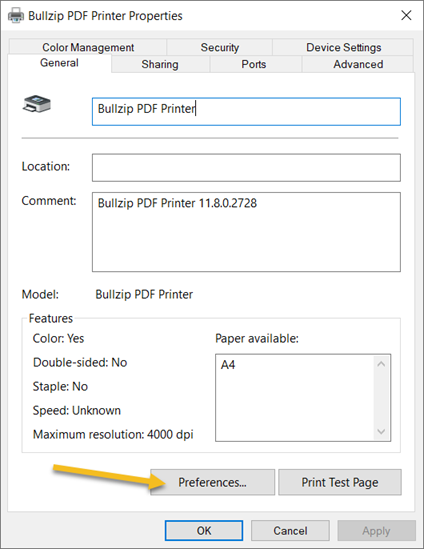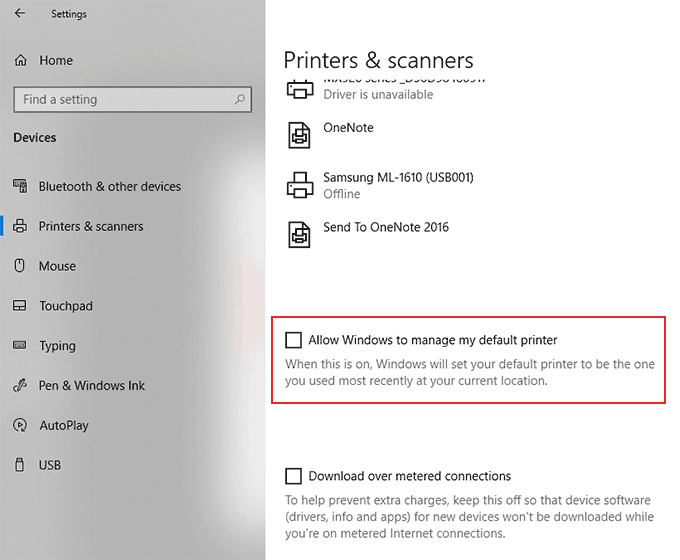


There are some situations where this setting is helpful, but in our experience this setting can also cause instability or can trigger the ‘sent to printer’ status for jobs in the print queue. The setting Enable bidirectional support may be used so that a print driver can communicate with a physical printer to discover the printer hardware, find out if a finishing unit is attached, or sometimes find out if the printer is in an error state.We don’t recommend WSD ports as this obscures the IP address of the printer, making it difficult for PaperCut to communicate over SNMP to determine toner levels and status.So if Hardware Page Checks are not needed, then stick with using a Standard TCP/IP Port. By necessity, the PaperCut port will slow down printing as the application waits for the last job to finish printing before analyzing the next one. The PaperCut TCP/IP Port can also be used, but this is only recommended when doing Hardware Page Checks.If you are setting up a Find-Me printer, then the port should be set to ‘nul’.

:max_bytes(150000):strip_icc()/LetWindowsannotated-f9dc40838cfb4218a1901526d7987b58.jpg)
For most printers, the port should be a Standard TCP/IP Port that points to the IP address of your printer.What sort of port should you use? Well, that depends… Printer ports are different from a firewall port and traditionally referred to physical ports on the computer like COM1 and LPT1, but nowadays this is where you go to specify the IP address of your printer. This tab lets an administrator configure which ‘port’ the Windows print queue will use to communicate with the physical printer.


 0 kommentar(er)
0 kommentar(er)
